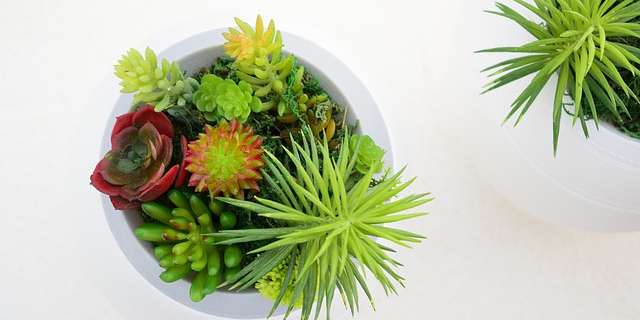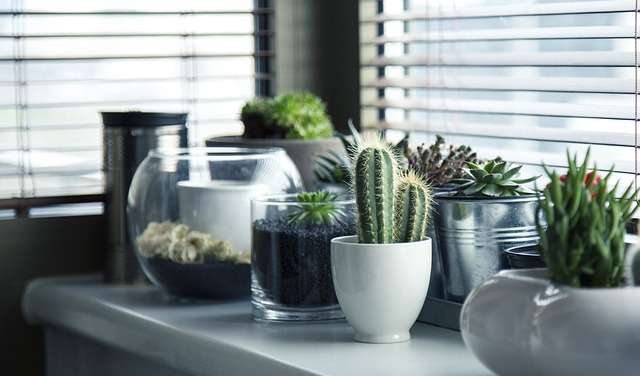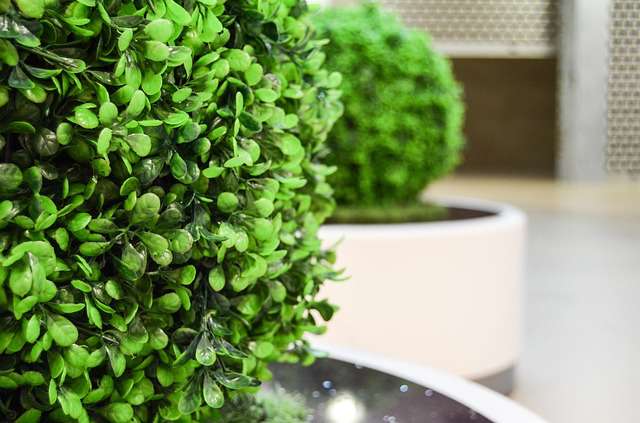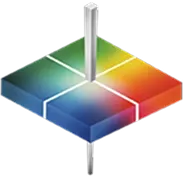
When you perform color quality control for artificial plants, you can ensure that your product looks as realistic as possible. Image Source: Pixabay user INZEIN_URNS_DESIGN
Today’s artificial plants look nothing like the dull silk flowers you might remember from the 1970s. Modern faux plants can now mimic just about any species in great detail, from every small notch of wood on the trunk of a miniature bonsai to the cream-colored thorns on a cactus. Because artificial plants are easier to care for than real plants and add liveliness to any room, more people than ever are choosing to buy these highly-realistic faux plants. However, making these plants look realistic can be a challenge, especially when choosing the perfect colors for your product.
Color quality control for artificial plants is absolutely essential. While the shape of the plant and the material it’s made from can also impact its overall appearance, it’s the color that will make or break the product. Using a spectrophotometer, you can ensure that your artificial plants look nearly identical to the real thing and attract more customers in the process.
Color is the Most Important Factor
Even when you perfectly mimic thesize and texture of the plant, from the unique leaf shape to the roughness of the stem, if the color is off by even a few shades, your plant will look unrealistic. That’s because your customers are used to seeing live plants in nature and they’ve become accustomed to these natural hues. A synthetic green pigment that’s too vibrant or saturated won’t be aesthetically pleasing to discerning customers.
This is similar to the “uncanny valley” concept in robotics manufacturing.1 According to the uncanny valley hypothesis, some people feel uneasy when they see an artificial replica of a living organism. Generally, an artificial object either has to look nothing like the living organism or has to look nearly identical in order to be visually appealing. If an artificial plant falls somewhere in the middle (not 100 percent realistic, but not completely unrealistic either), then customers could find its appearance off-putting. This means that when you make an artificial plant, your colors have to be a near-perfect match for that plant species.

The best artificial plants vary in color and contain some imperfections in order to appear more realistic. Image Source: Maxpixel



